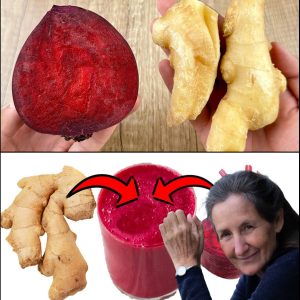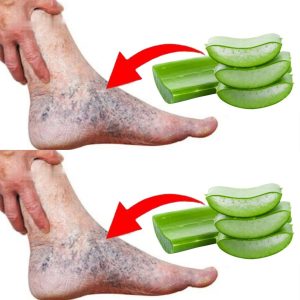Euphorbia Hirta: Traditional Uses and Benefits
Euphorbia hirta, commonly known as the asthma plant, has been utilized for centuries in various traditional medicine systems. Known for its potential to alleviate respiratory conditions, such as asthma and bronchitis, the leaves of Euphorbia hirta are typically brewed into a tea or decoction. This preparation is believed to possess bronchodilatory properties that help relax bronchial muscles, making breathing easier for those with respiratory ailments. In addition, its anti-inflammatory effects are thought to offer relief from persistent coughs.
Beyond respiratory health, Euphorbia hirta has earned a reputation as a remedy for gastrointestinal issues. A tea made from its leaves is traditionally used to address diarrhea and symptoms of irritable bowel syndrome (IBS) by reducing intestinal spasms. With purported antidiarrheal and anti-inflammatory properties, the plant offers a natural option for soothing digestive discomfort. Its use extends to skin health as well, where it is applied in the form of pastes or infusions to manage conditions like warts, rashes, and minor wounds.
Euphorbia hirta is also recognized for its potential antimicrobial and antioxidant properties. Traditional practices involve using the plant to treat bacterial, fungal, and viral infections both internally and externally. Its antioxidant effects, though still under research, are of interest for reducing oxidative stress, which is linked to chronic diseases. These broad applications underscore Euphorbia hirta’s role in promoting general health and wellness.
While Euphorbia hirta shows promise in various health areas, caution is advised. Overuse or incorrect preparation may result in adverse effects, and interactions with medications are possible. Consulting a healthcare professional is essential, especially for individuals who are pregnant, breastfeeding, or managing pre-existing conditions. With responsible use and expert guidance, Euphorbia hirta continues to be an intriguing option in natural health practices.





